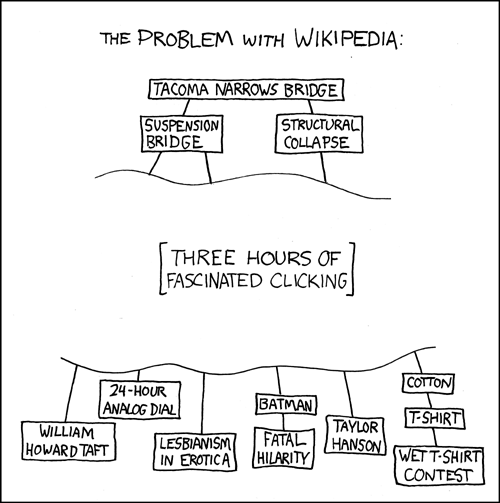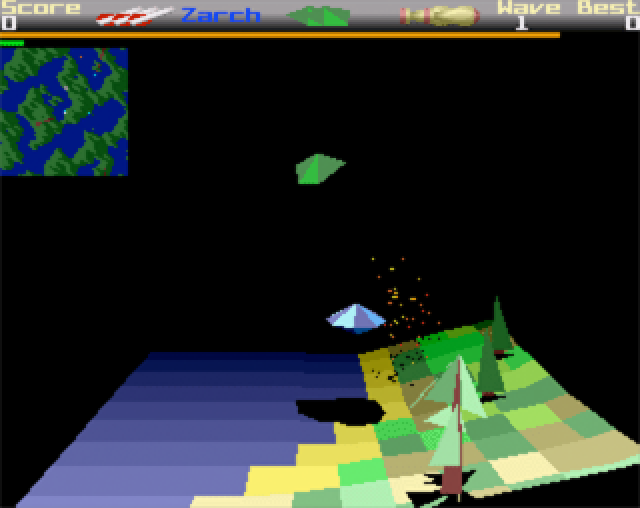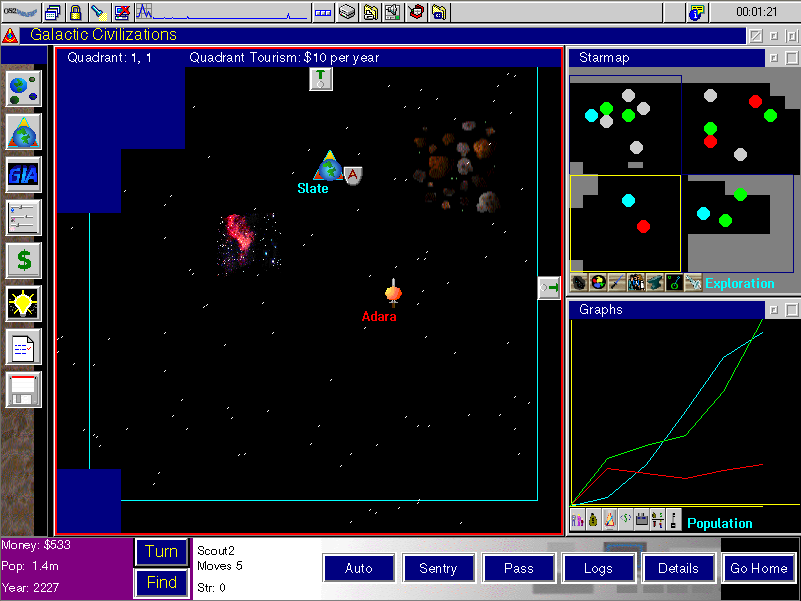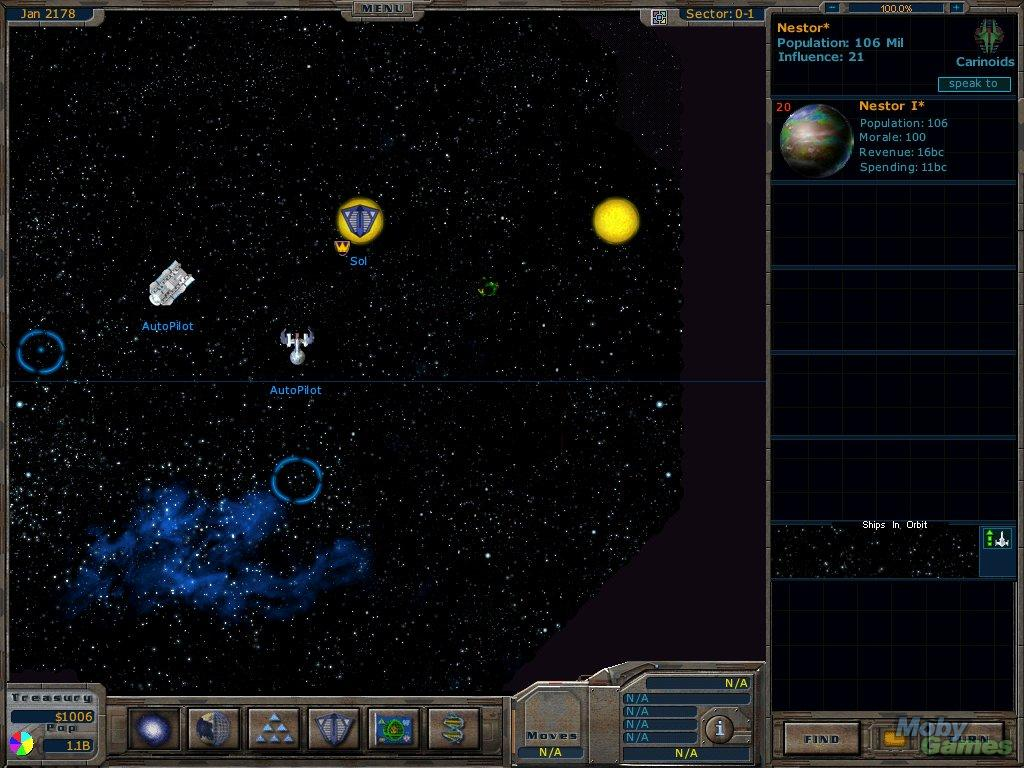As you may know if you’re a long-time reader of this blog, I like Populous. I like Populous 1, I really like Populous 2 and have a love-hate relationship with Populous: The Beginning (though with mods that made it easier to play it’s swinging back towards love).
So I was browsing Wikipedia. You know how it be.

And I ended up at the entry for Populous (again). Only this time I noticed a little sentence I hadn’t earlier.
Peter Molyneux led development, inspired by Bullfrog’s artist Glenn Corpes having drawn isometric blocks after playing David Braben’s Virus.
Virus? What the heck was Virus? I knew a lot about David Braben (co-creator of Elite, creator of Frontier and founder of Frontier Productions, which, among other things, published Roller Coaster Tycoon 3.
But I had not heard of this game.
The game named as “Virus” was actually Zarch, a game for the Acorn Archimedes. (Virus was the name of the Atari ST version). In the game, you…well, just watch the damn video.
This game was released in 1987. Braben expanded on his groundbreaking work with Elite (which was the first game to use 3D polygonal objects with hidden line removal) to move up to a fully 3D, heightfield terrain using shaded squares to represent terrain types, altered the color of squares based on how far they were from the camera to simulate lighting, and had particle effects. As the game progresses, the terrain changes as it gets corrupted by the aliens – the colors go from green to brown and red and the trees become twisted and mutated. The game also had an incredible frame rate due to the fact that the Archimedes was quite a powerful machine for its time.
(It was also very difficult to play because of its mouse-only control scheme but that’s irrelevant to my point.)
Now that I’ve seen Zarch, I think it’s clear that it was an absolute inspiration – not for Peter Molyneux, but for Glenn Corpes.
Glenn was the landscape programmer for every Bullfrog game made, from Populous all the way through Dungeon Keeper. Populous actually got its start after Glenn played Zarch, got fascinated by the landscape generation, and came up with his own isometric version. But Glenn didn’t stop there.
Here’s a screenshot of Zarch:
Now compare it to Powermonger:
It’s obvious that Zarch sparked Glenn’s interest in terrain generation in general. But now I think it’s clear that Powermonger was Glenn’s attempt to both replicate and improve on Zarch in every way he could. Powermonger even used a particle system almost identical to Zarch’s!
And here I thought I knew everything about the development of these games. That’ll learn me.




